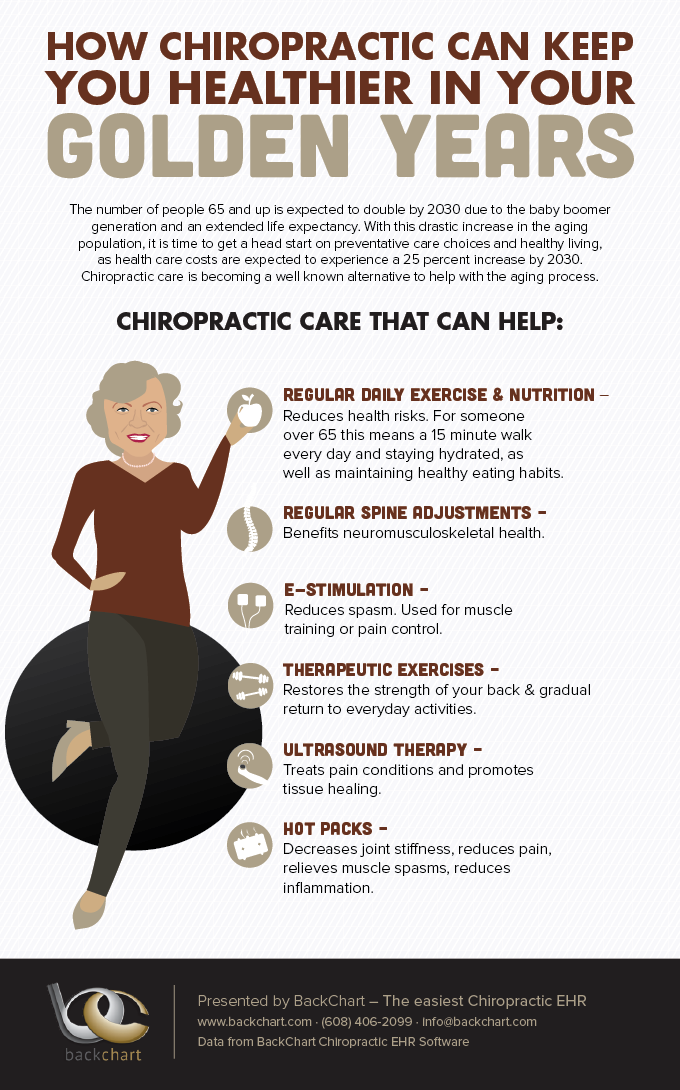The Effect Of Pose On Pain In The Back: Standards For Maintaining Great Alignment Throughout Your Everyday Regular
The Effect Of Pose On Pain In The Back: Standards For Maintaining Great Alignment Throughout Your Everyday Regular
Blog Article
Web Content Written By-Williford Preston
Keeping proper stance isn't nearly staying up directly; it has to do with straightening your body in such a way that sustains your back and reduces the threat of pain in the back. The means you rest, stand, and move throughout the day can substantially impact your back wellness. But just how exactly can you guarantee good placement regularly, also during active days loaded with different activities? Let's delve deeper into the refined yet impactful modifications you can make to your day-to-day routine to maintain your back pleased and healthy and balanced.
Significance of Appropriate Posture
Correct stance is vital in maintaining a healthy and balanced back and stopping pain. When you sit or stand with good stance, your spine remains in placement, minimizing stress on your muscles, ligaments, and joints. This placement permits the body to distribute weight uniformly, stopping extreme stress and anxiety on specific locations that can lead to pain and discomfort. By maintaining your back effectively aligned, you can also improve your breathing and digestion, as slouching can compress organs and restrict their functionality.
Moreover, keeping great posture can improve your general look and self-esteem. When you stand tall with your shoulders back and head held high, you exude confidence and appear more friendly. Excellent pose can additionally make you feel a lot more energized and sharp, as it advertises appropriate blood circulation and allows your muscular tissues to function successfully.
Including proper posture right into your everyday routine, whether resting at a desk, walking, or exercising, is essential for avoiding pain in the back and advertising general health. Keep in mind, a small modification in just how you hold yourself can make a significant distinction in exactly how you really feel and operate throughout the day.
Common Postural Mistakes
When it pertains to keeping excellent stance, lots of people unknowingly make common errors that can contribute to pain in the back and pain. One of one of the most widespread mistakes is slouching or stooping over while sitting or standing. This setting places too much strain on the spinal column and can bring about muscle discrepancies and discomfort in the future.
An additional usual error is overarching the reduced back, which can flatten the all-natural curve of the spinal column and trigger pain. Furthermore, crossing legs while resting may feel comfy, however it can create a discrepancy in the hips and hips, leading to postural issues.
Making use of a cushion that's too soft or also solid while sleeping can also affect your alignment and contribute to pain in the back. Lastly, regularly craning your neck to look at screens or adjusting your placement frequently can stress the neck and shoulders. Being mindful of these usual postural mistakes can help you keep far better alignment and decrease the risk of pain in the back.
Tips for Correcting Positioning
To enhance your positioning and reduce neck and back pain, it's vital to focus on making small adjustments throughout your day-to-day regimen. Start by bearing in click the up coming internet site . When sitting, guarantee your feet are level on the floor, your back is straight, and your shoulders are unwinded. Stay clear of slouching or leaning to one side. Use ergonomic chairs or pillows to sustain your lower back.
When standing, distribute your weight uniformly on both feet, keep your knees a little curved, and embed your hips. Engage your core muscles to sustain your back. Take breaks to stretch and walk if you have a less active task. Incorporate exercises that strengthen your core and back muscular tissues, such as slabs or bridges.
While sleeping, use a cushion that supports the natural curve of your neck to preserve proper back placement. Avoid sleeping on your stomach, as it can strain your neck and back. By being mindful of these suggestions and making small adjustments, you can slowly remedy your positioning and minimize neck and back pain.
Verdict
Bear in mind, keeping good pose is crucial to preventing neck and back pain and promoting spinal wellness. By bearing in mind your positioning, dispersing weight uniformly, and involving your core muscular tissues, you can minimize stress on your back and lessen the risk of pain and injury. Integrate ergonomic support, take routine breaks to extend, and enhance your core and back muscular tissues to maintain proper placement throughout the day. Your back will certainly thanks for it!
